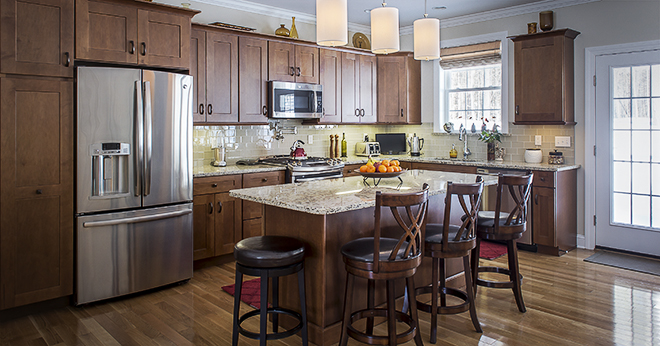Energy efficiency and environmentally friendly building practices are becoming more important to homebuyers every year. This growing trend presents an opportunity for builders to set themselves apart, by moving away from dependence on electricity and including cleaner, more economical fuels into their projects.
Many customers, residential and commercial alike, would be surprised to hear that propane, a fuel discovered nearly a century ago, would be a part of this mix. But for homes off the natural gas line, propane offers builders and homeowner’s distinct advantages:
- Versatility — Propane can power a variety of residential systems from space heating to standby generators.
- Efficiency — Compared with electric, propane appliances can significantly reduce a home’s energy costs.
- Fewer Greenhouse Gas Emissions — Propane is significantly cleaner than both gasoline and diesel. Even electric appliances — because most are fueled by coal-burning power plants — are responsible for more CO2 emissions than propane.
- Safety — Propane is a non-toxic, non-poisonous fuel that won’t contaminate water or soil, and it can be safely stored in either above- or below-ground tanks.
Educating builders on these advantages has been one of the main missions of the Propane Education & Research Council. PERC has created a model for new home construction it calls the Propane Energy Pod. This combination of five applications — space heating, water heating, cooking, clothes drying, and fireplaces — creates a whole-home energy upgrade compared with all-electric homes. Research shows that the Propane Energy Pod maximizes efficiency, performance, and homeowner comfort, while reducing a home’s carbon footprint. Experience with builders has proven it.
Cornell Homes in Doylestown, PA, builds all of its homes to the Energy Star standard to ensure customers’ monthly energy bills remain low. Its Carriage Hill development near Doylestown is a community of 263 courtyard townhomes, ranging from 1,500 to 1,700 square feet. Because Carriage Hill had no access to natural gas, Cornell Homes turned to propane to meet the Energy Star standard.
The result? Using all five components of the Propane Energy Pod, the Carriage Hill homes rate an average of 65 in the Home Energy Rating System (HERS) index, making them 35 percent more efficient than homes built to current code. This also saves homeowners approximately $629 annually in energy costs, compared with typical new homes in the area.
While reduced energy costs are important to Cornell’s customers, Greg Lingo, president of Cornell Homes, says another part of the appeal is the homes’ sustained value and high, future performance. “Buying a home is a long-term decision, which is oftentimes the biggest monetary decision of a customer’s life,” he says. “We want them to be proud of the home that they built and bought, and know at the same time they lowered their carbon footprint by buying that house.”
As you look to new solutions to the challenges of sustainable, energy efficient building, consider how this builder followed a research based model — the Propane Energy Pod — to give homeowners the performance they demand.



